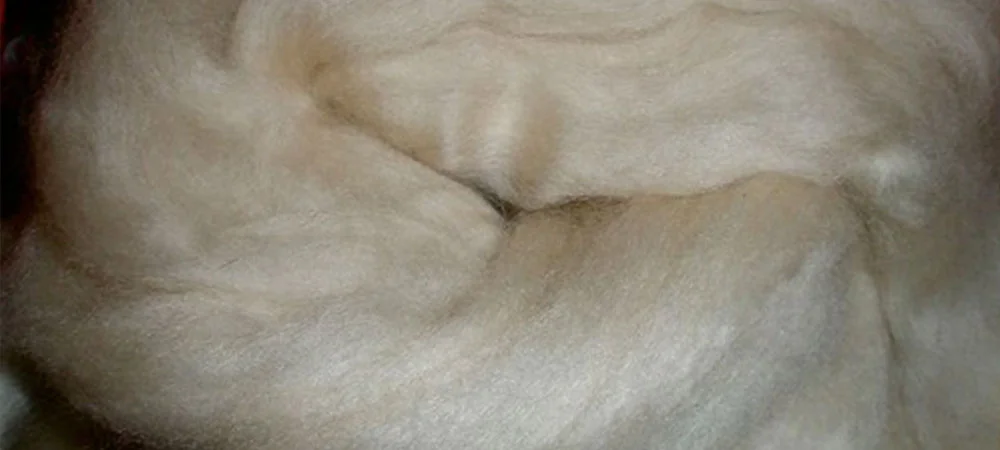Exploring the Origins of cashmere and Its Role in Current Fashion
Exploring the Origins of cashmere and Its Role in Current Fashion
Blog Article
Understanding the Different Sorts Of Cashmere a Natural Fiber and Their One-of-a-kind Advantages

The Beginnings of Cashmere: A Historic Introduction
While the luxurious touch of cashmere remains to appeal modern-day consumers, its origins map back to the severe, cool environments of Mongolia and the Himalayas. For centuries, the native individuals of these regions have been elevating Capra Hircus goats, the prime resource of cashmere wool. These goats, durable versus the extreme winters, grew a great undercoat to endure, which later became called cashmere. The name itself admires Kashmir, a region in India where the wool was at first refined. Much of the early cashmere profession route was helped with by the Silk Roadway, connecting Asia with the Middle East and Europe. Despite its worldwide spread, the finest cashmere is still thought to originate from the original areas of Mongolia and the Mountain Ranges.

The Production Refine: From Goat to Garment
Shearing a Capra Hircus goat notes the creation of the intricate cashmere production procedure. This fragile procedure commonly occurs as soon as a year throughout spring. The fine, soft undercoat is after that divided from the coarser outer hair, a process recognized as dehairing. The resultant raw cashmere is then washed to eliminate contaminations such as dust, grease, and veggie matter.
The clean fiber undergoes dyeing, spinning, and weaving, or knitting, to change it right into a material. Complicated procedures such as quality assurance checks and ending up procedures follow, making sure completion product preserves the lavish criterion anticipated of cashmere. This meticulous procedure, from goat to garment, warrants the high cost connected to cashmere products, making them a sign of deluxe and improvement.
The Various Sorts Of Cashmere: A Thorough Evaluation

The One-of-a-kind Benefits of Cashmere: Comfort and Sustainability
Moving from the range of cashmere kinds to the advantages they offer, comfort and sustainability attract attention plainly. Cashmere, a natural fiber, is renowned for its exceptional soft qualities, giving a level of comfort that synthetic fibers can not match. The product's agility, yet remarkable warmth retention, makes it suitable for all seasons. Cashmere's all-natural flexibility allows it to return to its original form, making it resistant to reducing or stretching.
When it concerns sustainability, cashmere is naturally degradable and sustainable, as it's harvested from cashmere goats that regrow their layers every year. what is cashmere. Unlike artificial fibers which can take hundreds of years to break down, cashmere's effect on the environment is marginal. This mix of comfort and sustainability makes cashmere a helpful option for conscious customers

Caring for Your Cashmere: Upkeep and Conservation Tips
While cashmere is most certainly a lasting and elegant option, it requires certain treatment to preserve its quality other and extend its life expectancy. To start, cashmere must be hand cleaned utilizing chilly water and a moderate detergent. Cashmere products ought to be kept in a cool and dry place, away from direct sunshine and moisture.
Spending in Cashmere: Understanding Its Value and Worth
Although cashmere may at first appear like a pricey investment, its long-term worth and worth pop over to these guys ended up being obvious when you consider its impressive top qualities. Understood for its unmatched soft qualities and warmth, cashmere is a premium natural fiber that surpasses other products. Its high need and restricted supply contribute to its high rate, however its toughness ensures it lasts for many years, providing excellent worth for money. Cashmere pieces are timeless, frequently becoming antiques gave with generations. what is cashmere. Additionally, its natural insulating properties offer heat without the bulk of artificial fibers. Buying cashmere, therefore, is not simply about existing fashion fads, however concerning accepting a lasting, resilient, and elegant way of living.
Conclusion
In summary, the type of cashmere one chooses, be it Mongolian, Chinese, or Italian, is dictated by individual choices for heat, sustainability, budget, and high-end. Comprehending the beginnings, manufacturing procedure, and one-of-a-kind advantages of various kinds of cashmere can direct consumers in their financial investment in this luxurious all-natural fiber.
Whether it's the exceptional heat of Mongolian cashmere, the cost of Chinese Get the facts cashmere, or the eco-conscious production of Italian cashmere, there's a tale to be found behind each fiber type. Cashmere, an all-natural fiber, is renowned for its unrivaled soft qualities, giving a degree of convenience that synthetic fibers can not match.When it comes to sustainability, cashmere is eco-friendly and sustainable, as it's harvested from cashmere goats that regrow their coats each year. Understood for its unparalleled soft qualities and warmth, cashmere is a costs all-natural fiber that outmatches various other materials. Understanding the beginnings, manufacturing procedure, and one-of-a-kind benefits of different kinds of cashmere can direct customers in their investment in this elegant all-natural fiber.
Report this page